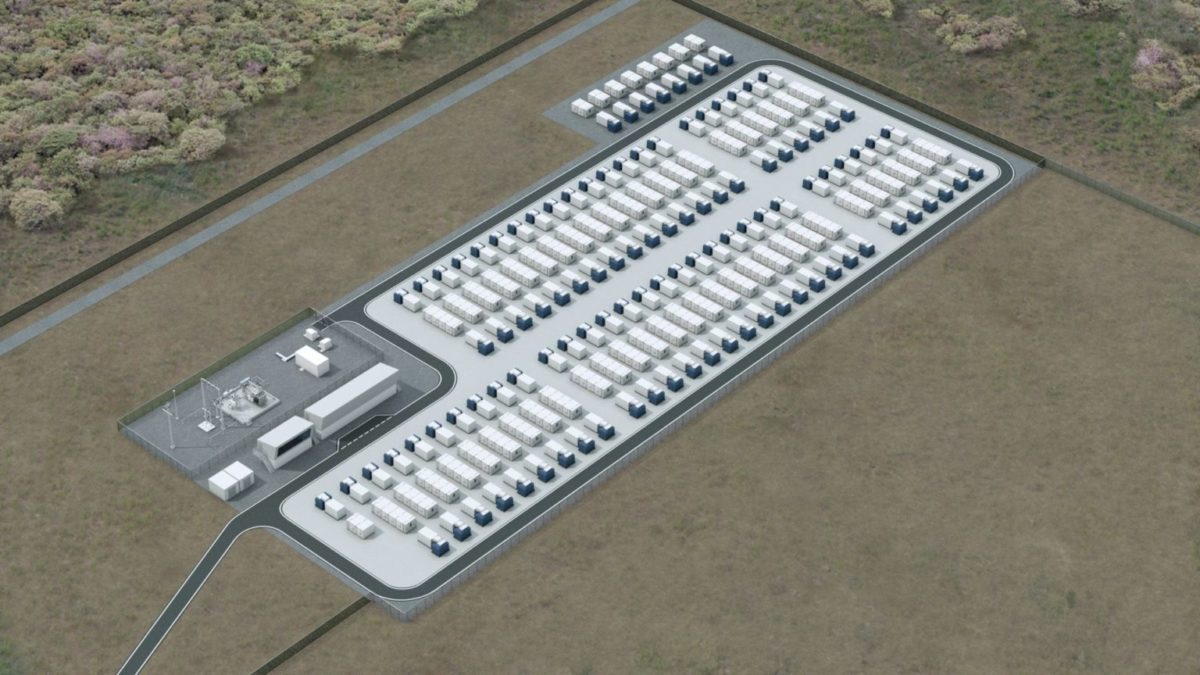The $180 million Torrens Island battery, announced in August, will be delivered to energy giant AGL by Finnish technology company Wärtsilä. The big battery will initially start out with a one-hour duration (250 MWh) but will be capable of expanding to up to four-hour duration in the future (1000 MWh).
While its size pales in comparison to recent big battery announcements, the project has drawn attention for its deployment of grid-forming technology and is expected to reveal much about the promising new technology’s capabilities.
AGL expects the battery to be fully operational by early 2023, initially operating in grid-following mode before switching over to become grid-forming once Australia has finalized the new technology’s regulatory landscape.
The Torrens Island big battery will be the first in AGL’s national roll-out of 850 MW of grid-scale batteries. Rather poetically, the renewable project will be built at the site of AGL’s Torrens Island gas plant, just north of Adelaide in South Australia, and marks the first step in transitioning the fossil fuel site into the clean Torrens Island Energy Hub.

Grid-forming vs. grid-following
The Torrens Island battery will use over 100 inverters with grid-forming capabilities supplied from German-headquartered company SMA. SMA Australia’s Director of Large-Scale & Project Solutions Josh Birmingham told pv magazine Australia in August that trialling the technology at this scale “hasn’t been done before anywhere in the world.”
Traditionally inverters operate in what’s called grid-following mode, meaning their output synchronizes to the grid’s voltage waveform. ‘Grid-forming’ inverters, however, set their own frequencies, making them capable of providing the grid with ‘virtual inertia.’

Also known as virtual synchronous generation, grid-forming technology was flagged by the Australian Energy Market Operator (AEMO) just last week as a top priority because of the crucial role the technology is expected to play in the clean energy transition. System strength services and inertia has historically only ever been provided by baseload coal and gas power plants with their reliable outputs, but grid-forming technologies could answer the increasingly desperate need for a clean substitute as the penetration of variable, renewable energy increases.
The various levels of grid-forming tech
There are various levels of what grid-forming technology is capable of, Birmingham said. On the most basic level, if the main grid were to go down, a grid-forming system could continue supplying power to its local network. Unlike grid-following systems, it is able to form an islanded grid because it can generate its own frequency reference.
On a higher level, it can function as a “virtual synchronous machine,” meaning it can mimic the inertia services traditionally provided by spinning mass synchronous condensers, “pushing back” in the event of voltage fluctuations in the grid.
The ultimate level though is what’s known as ‘black start’ services. That means in the case of a system black event, the plant would be able to not only restart itself but potentially reenergize an area of the grid by rebooting other assets. This is seen as the pinnacle of what could potentially be offered by grid-forming technology and would mark a significant technological advancement.
Getting to the bottom of what, in reality, is plausible will be something projects like the Torrens Island will demonstrate.

AGL’s battery rollout
AGL recently announced that its 50 MW battery in Broken Hill had achieved development consent and plans to construct a 200 MW battery at its Loy Yang A power station, a 150 MW battery at its Liddell power station as well as support grid-scale battery projects including Wandoan, Maoneng and Dalrymple.
Following AGL’s proposed demerger in 2022, the Torrens Island battery will be an asset of AGL Australia.
This content is protected by copyright and may not be reused. If you want to cooperate with us and would like to reuse some of our content, please contact: editors@pv-magazine.com.




2 comments
By submitting this form you agree to pv magazine using your data for the purposes of publishing your comment.
Your personal data will only be disclosed or otherwise transmitted to third parties for the purposes of spam filtering or if this is necessary for technical maintenance of the website. Any other transfer to third parties will not take place unless this is justified on the basis of applicable data protection regulations or if pv magazine is legally obliged to do so.
You may revoke this consent at any time with effect for the future, in which case your personal data will be deleted immediately. Otherwise, your data will be deleted if pv magazine has processed your request or the purpose of data storage is fulfilled.
Further information on data privacy can be found in our Data Protection Policy.